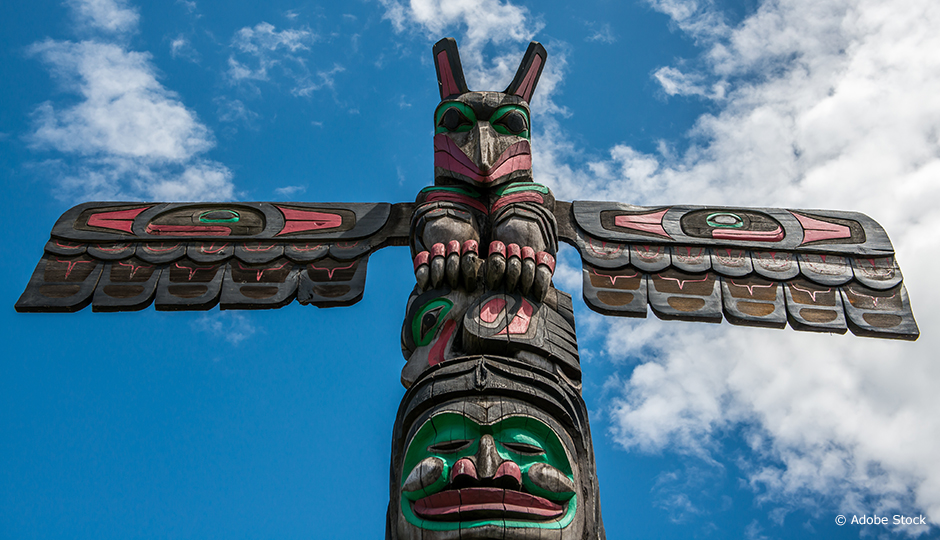What will life be like for Indigenous people in 200 years? What does their future hold in store?
The researchers hope that the development of an Indigenous future imaginary will empower youth and inspire confidence in their personal future.
This question lies at the heart of the Initiative for Indigenous Futures (IIF), conducted by Aboriginal Territories in Cyberspace (AbTeC), a research network based at Concordia University. AbTeC brings together researchers, artists and technologists who are working on the creation of Aboriginal territories on the Web, in online games and in cyberspace in general. One of the program’s directors, Jason Lewis, is affiliated with Hexagram, a FRQSC-funded strategic cluster.
While Indigenous people are acutely aware of their past and of the challenges facing many of their communities in the present, the members of AbTeC observed that they rarely seem to project themselves into the future. AbTeC’s researchers and creators also noticed an almost complete lack of Indigenous people in science fiction, the literary genre par excellence for exploring possible visions of the future.
For more than a year, the IIF has been inviting members of First Nations communities across Canada to contribute to developing an Indigenous future imaginary. Aboriginal artists—in particular digital artists, as with all AbTeC activities—are working with researchers, activists and other community members—especially youth—in this highly multidisciplinary collaboration.
The project’s findings were presented at a symposium held in Toronto in 2015. The symposium will be held in Kelowna in 2016 and in Winnipeg in 2017.
The researchers hope that the development of an Indigenous future imaginary will empower youth and inspire confidence in their personal future and that of their communities. This project could contribute to reducing the extremely high suicide rate among First Nations youth, which is six times higher than that among non-Aboriginal youth.




